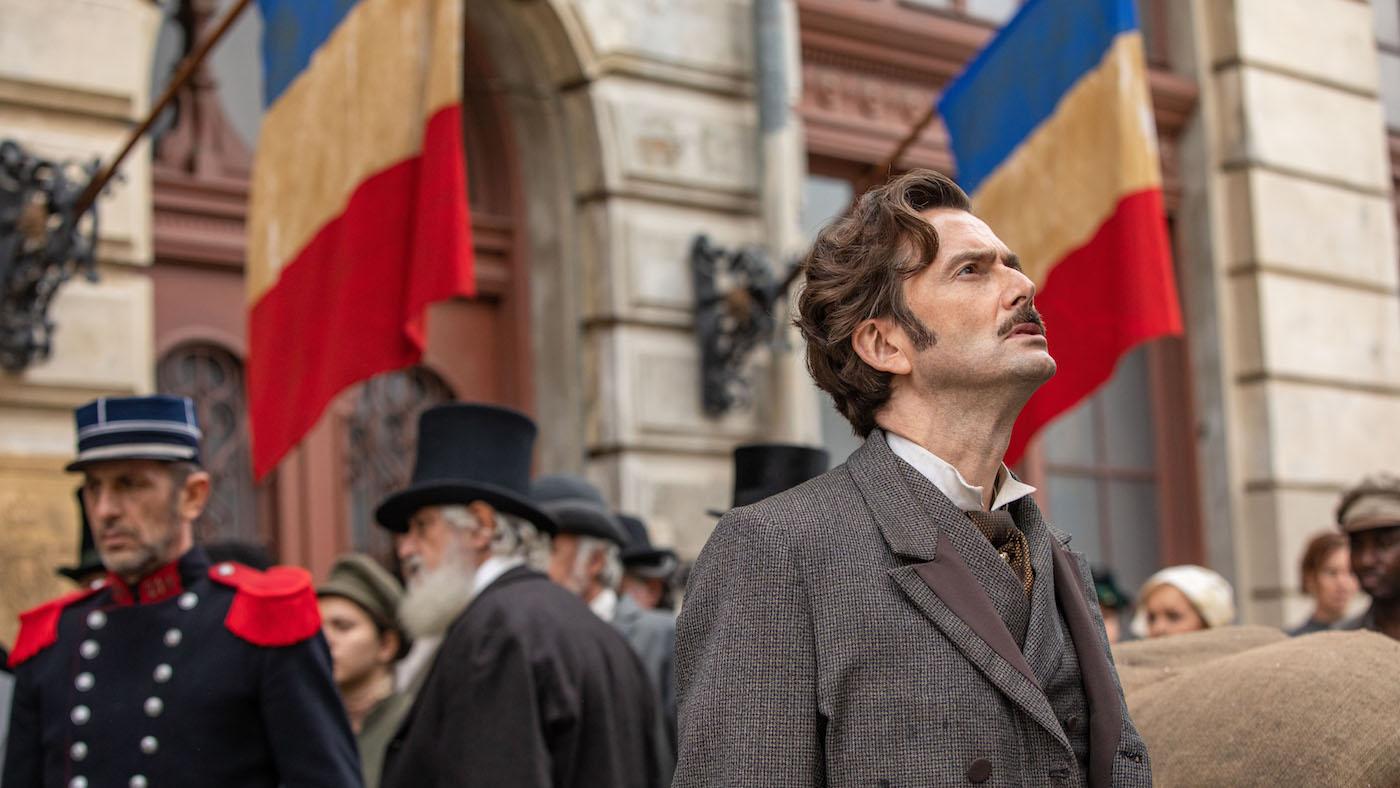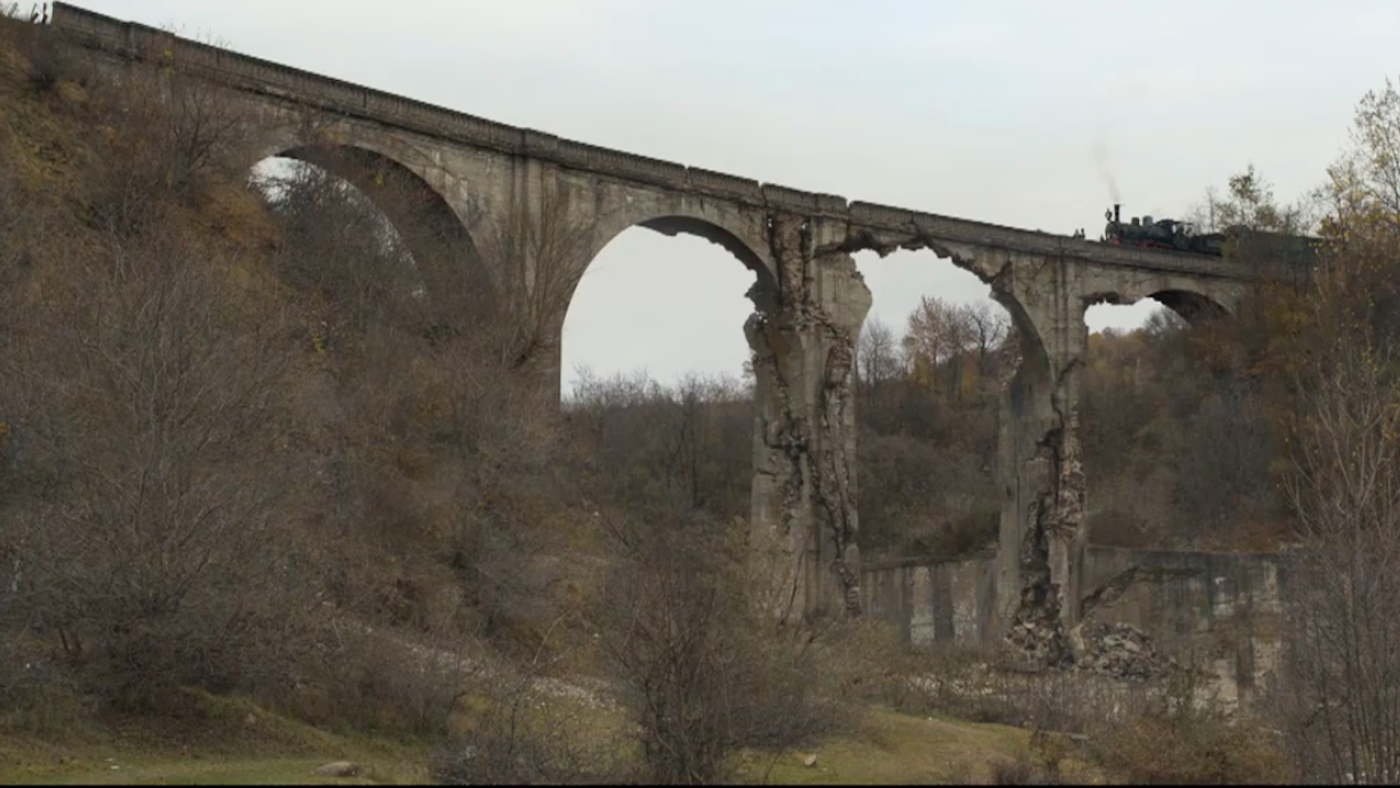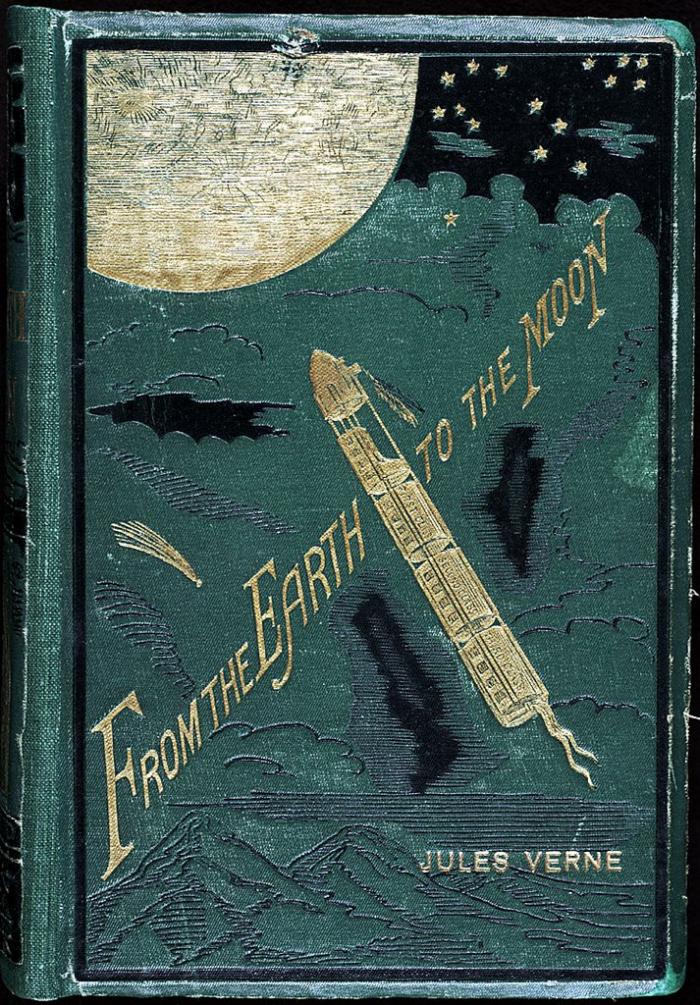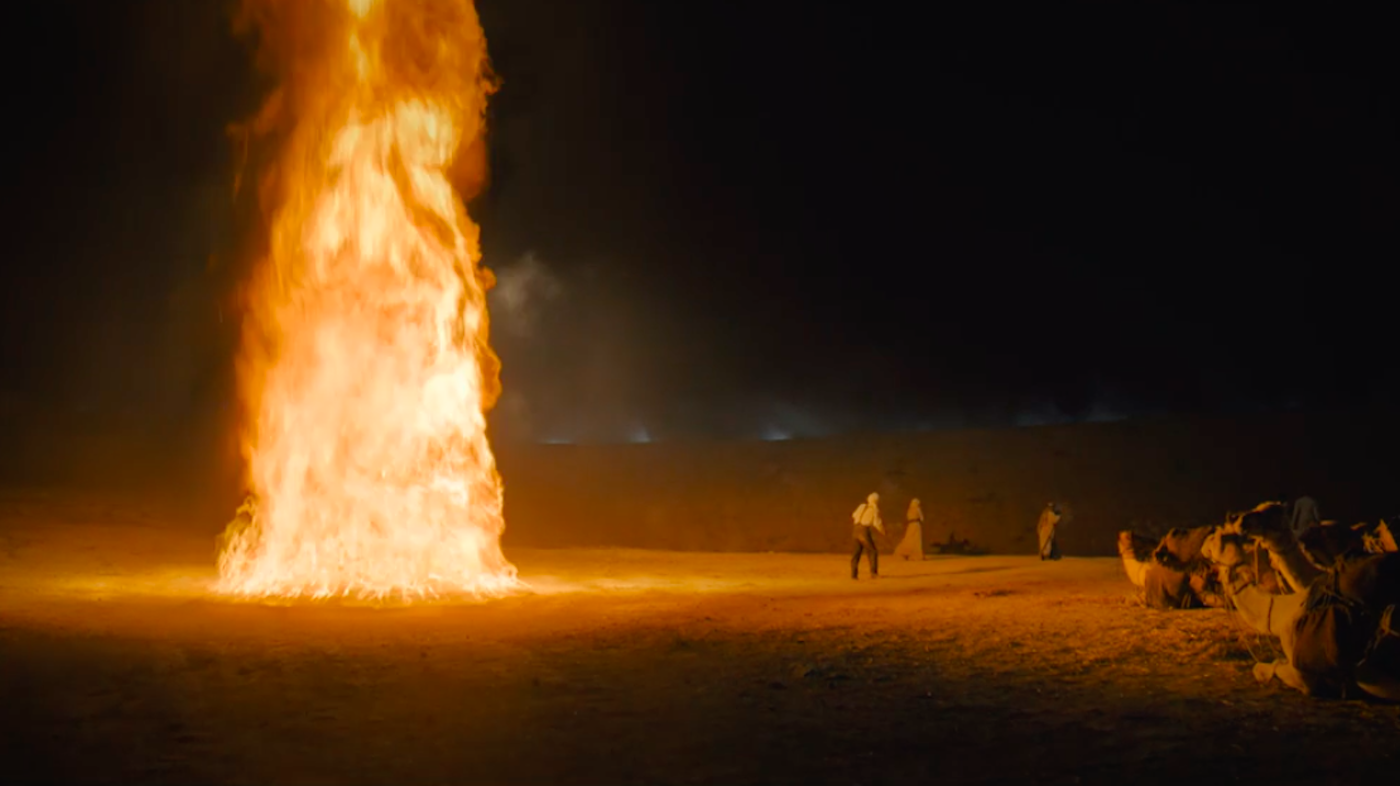The Real History Behind 'Around the World in 80 Days'
Daniel Hautzinger
January 19, 2022

Around the World in 80 Days airs Sundays at 7:00 pm on WTTW and is available to stream.
The Masterpiece series Around the World in 80 Days may be a work of fiction, but its characters move through a historical world filled with real people, technology, and places. Like its source material, Jules Verne’s 1872 novel Around the World in Eighty Days, it takes pains to include true history and technological advances—or at least possibilities.
Here are a few things based on real history in the first four episodes of the show.
Adolphe Thiers and the Paris Commune
 Fogg and his companions show up in Paris not long after the Commune is violently suppressed. Image: Masterpiece
Fogg and his companions show up in Paris not long after the Commune is violently suppressed. Image: Masterpiece
Fogg and his companions find Paris wracked by popular unrest when they arrive there—not an uncommon circumstance in the century after the First French Revolution of 1789. The grandly named Marie Joseph Louis Adolphe Thiers was a major figure in much of that unrest: by the time he became President of France in 1871, he had been a player in two revolutions, a prime minister, an exile, and the suppressor via military action of another attempted revolution, the Paris Commune. The Commune was a short-lived working class radical government that seized control of Paris for two months. Fogg and friends arrive in 1872 and meet Passepartout’s brother Gérard, who took part in the Commune government. Fogg accidentally foils Gérard’s attempted assassination of Thiers, who in reality did survive several assassination attempts in his earlier stints in government. Thiers resigned as President under political opposition in 1873.
Hot Air Balloon
 While a hot air balloon isn't part of Jules Verne's 'Around the World in 80 Days,' it appears in another of his books. Image: Masterpiece
While a hot air balloon isn't part of Jules Verne's 'Around the World in 80 Days,' it appears in another of his books. Image: Masterpiece
While hot air balloons like the one Fogg and his companions use to flee Paris in the first episode were indeed around by 1872—the first manned flight was a century earlier, in 1783—it’s notable that one doesn’t appear in Jules Verne’s original novel. The hot air balloon was an addition in the 1956 Best Picture-winning film adaptation. The idea does have origins in Verne: his 1863 novel Five Weeks in a Balloon, which also features an adventure by three companions—in a hot air balloon over Africa.
Bagna Cauda and Gentleman’s Relish
 Although the characters eat them on separate continents, bagna cauda and gentleman's relish are surprisingly similar. Image: Masterpiece
Although the characters eat them on separate continents, bagna cauda and gentleman's relish are surprisingly similar. Image: Masterpiece
We include these fish-based condiments not for their historical significance but because the show pays a surprising amount of attention to both of these similar delicacies. On the train through Italy in episode 2, Passepartout exclaims over the deliciousness of a dish of bagna cauda offered him by another third-class passenger. The dip from Italy’s Piedmont region is made of anchovies, garlic, and olive oil, as Passepartout correctly identifies, and is traditionally eaten with vegetables. Patum paperium, otherwise known as Gentleman’s Relish, shows up in episode 4, when Fogg serves it to a British lieutenant. Like bagna cauda, it features anchovies, ground to a paste with butter, herbs, and spices. It is most typically eaten with toast or added to potatoes, eggs, or croquettes.
Woodroad Viaduct
 Fogg likens a crumbling Italian bridge to a viaduct in Scotland. Image: Masterpiece
Fogg likens a crumbling Italian bridge to a viaduct in Scotland. Image: Masterpiece
As Fogg and company traverse Italy via train in the second episode, they suddenly jerk to a stop before a crumbling bridge. Fogg calculates that a reduced train could make it across the unsupported stretch of rail where the bridge has disintegrated, citing a railroad viaduct over the Lugar Water in Scotland. The viaduct is real and still in use today, 170 years after it was completed. Designed by civil engineer John Miller, it does in fact feature hollow piers (the columns holding it up) and spandrels (the triangular supportive sections above the piers), reducing the weight on the viaduct’s foundations.
Jules Verne
 A young boy in the show is obsessed with Jules Verne's 'From the Earth to the Moon'
A young boy in the show is obsessed with Jules Verne's 'From the Earth to the Moon'
In the second episode, Fogg meets a boy, Alberto, who is fascinated by Jules Verne’s novels about traveling to the moon, 1865’s From the Earth to the Moon and 1869’s Around the Moon. Verne is, of course, also the author of a little book called Around the World in Eighty Days. His moon books feature calculations about what would be necessary to shoot humans on a vessel to the moon, which Alberto recites. The adventurers in the books are successful in reaching space, orbiting the moon (in less than 80 days), and returning to Earth.
Suez Canal
The Suez Canal, which opened in 1869, is an integral—although little-mentioned in the show—part of the modern infrastructure that allows Fogg to potentially circumnavigate the globe in 80 days. Connecting the Mediterranean and Red Seas, the 120-mile canal allowed ships to reach the Indian Ocean without sailing all the way around Africa. Fogg’s party passes through the Suez in episode 3, before docking at Al Hudaydah in Yemen to wait out pirate activity in the Bab-el-Mandeb, the strait between Africa and the Arabian Peninsula connecting the Red Sea to the Gulf of Aden.
Petroleum
 Fogg sets a puddle of petroleum in the desert alight. Image: Masterpiece
Fogg sets a puddle of petroleum in the desert alight. Image: Masterpiece
While crossing the desert in episode 3, Fogg notices petroleum welling up from the ground and later lights a puddle of the oil on fire to fend off attackers. Oil wells and refineries began opening in the 1850s, while kerosene was taking off in the same decade as a lamp oil. “This new industrial world is going to need some powering,” Fogg observes after lighting the petroleum. “I wonder if we can actually utilize that stuff.”
Sepoy
 Arjan is a sepoy, or Indian soldier in the British Indian Army. Photo: Joe Alblas - © Slim 80 Days / Federation Entertainment / Peu Communications / ZDF / Be-Films / RTBF
Arjan is a sepoy, or Indian soldier in the British Indian Army. Photo: Joe Alblas - © Slim 80 Days / Federation Entertainment / Peu Communications / ZDF / Be-Films / RTBF
In episode 4, Fogg and his party meet an Indian soldier in the British Indian Army, Arjan, who is referred to as “sepoy.” The word refers to an Indian infantryman (and is still used today) and first came into usage with the British East India Company in the eighteenth century. When the British government took over direct rule of India from the East India Company in 1858, they kept the name. Native soldiers made up the overwhelming majority of troops in the British Indian Army, which helped the British maintain control over the Indian subcontinent as a valuable colony.
India gained independence from Britain in 1947, when the subcontinent was suddenly and disastrously partitioned into the Muslim-majority Pakistan and Hindu-majority India by the departing colonial power.







